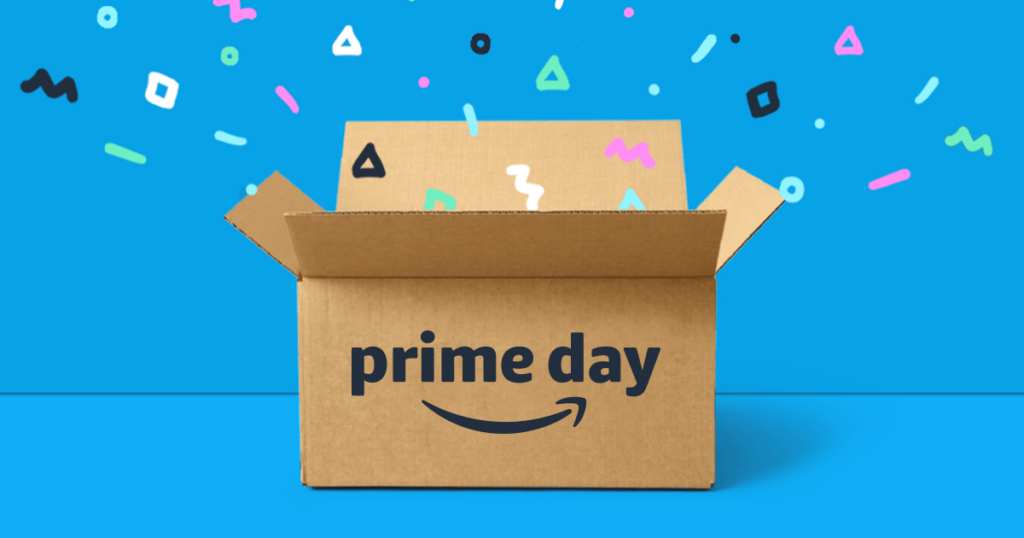This year’s Prime Day netted Amazon a 136% surge in sales compared to its 2024 baseline. Prime Day shoppers spent $14.2 billion during the two-day event. With the average retail return rate sitting at around 16%, that sales boom can quickly turn into a nightmare for Amazon sellers caught unprepared.
And while this year’s Prime Day has come and gone, this challenge isn’t unique to this one event. Depending on your product lineup and sales channels, you may have several of these high-volume sales events throughout the year – and that doesn’t even account for the holidays.
Returns are, understandably, often seen as a negative and a revenue loss. But by managing your returns effectively, you can turn them into a positive: a way to boost customer satisfaction, improve your brand reputation, and recoup those lost sales.

A Sales Surge Often Precedes a Returns Surge
According to Syndigo’s 2023 report, nearly a quarter of Cyber Monday shoppers returned their purchases. Consumers return their online purchases for many reasons, but a few of the biggest culprits include:
- Sizing, color, or other product details didn’t match the customer’s expectation
- The product description was incomplete or incorrect
- Buyer’s remorse (especially during a sales event, where impulse buys are more likely)
No matter the reason for returns, processing them quickly and efficiently is critical to both saving the customer relationship and minimizing the lost revenue from each. And if those sales came from a major sales channel like Amazon, you can face even more challenges. For example, Amazon may suspend accounts with high return volumes – so strategies for reducing return rates are critical.
Reducing Return Rates
One way to minimize returns management headaches is to reduce the number of returns you have to handle in the first place. While it’s unlikely you’ll ever get your return rate down to zero, you can do a few important things to bring the volume down.
First, optimize your product descriptions to make sure you’re offering accurate and complete product information. Read through your customer reviews and listen to customer feedback to spot any weak points in your descriptions and fix them. Customer education efforts like size guides and product demonstration videos help customers make informed buying decisions they’re more likely to be happy with.
If your customer feedback reveals issues with the product itself (like color not matching customer expectations or functionality not living up to the description), use that information to improve quality control.
Strategies for Efficient Returns Management
Saying “you need to process returns quickly and efficiently” is one thing; actually making that happen is another. Returns can be tricky even during normal sales periods – add a major event like Prime Day or Cyber Monday, and you’ve got a recipe for disaster if your reverse logistics program isn’t ready for it.
As with many business challenges, a little planning can save you a lot of headaches. You can take several steps now to minimize or avoid returns management chaos later:
- Clarify your return policies with clear and user-friendly language so customers know exactly what to expect before they make a purchase.
- Make the returns process easy for customers, with easy-follow instructions and return labels. This may be counterintuitive (you want to minimize returns, after all), but optimizing the customer experience at this stage makes a huge difference to that customer’s likelihood of buying from you again.
- Use technology to automate your return requests, tracking systems, and dispositioning to ease the stress on your returns desk team.
- Optimize your warehouse space and processes to accommodate returns handling. Technology can be a big help here, too, to improve your return logistics efficiency.
While returns are never the desired outcome of sales, they don’t have to be a disaster for your business. Better customer education before the sale, clear communication after the sale, and optimized returns management can help you both reduce the number of returns and minimize the impact they have on your revenue.